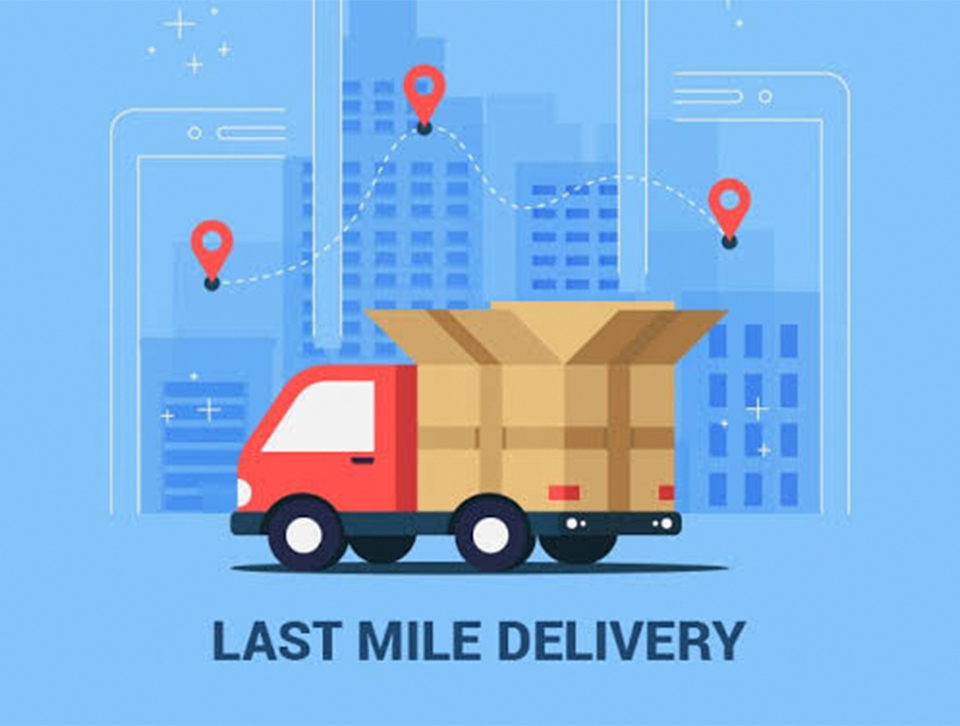Streamlining the last-mile delivery process has become critical for the safe and smooth transfer of products from one location to another and for providing a great customer experience. Businesses can achieve this aim by hiring different teams to handle order allocation, vehicle capacity utilization, route optimization, communicating with consumers, connecting with riders, and other operations.
 However, this might have an impact on your overall last-mile delivery expenditure. Investing in a last-mile delivery system is the most practical approach to handling comprehensive delivery operations. It is also necessary to solve common last-mile delivery issues, such as-
However, this might have an impact on your overall last-mile delivery expenditure. Investing in a last-mile delivery system is the most practical approach to handling comprehensive delivery operations. It is also necessary to solve common last-mile delivery issues, such as-
- Boost demand for same-day or next-day delivery.
- Costly delivery
- High operational expenses
- reliance on human professionals
- Delivery-related operations that are time-consuming and monotonous
Importance of Last-Mile Delivery:
Last-mile logistics management is critical for the profitability of your online business and the happiness of your consumers since it reduces the number of shipping accidents and shortens delivery times to customers.
E-commerce necessitates quick, on-time, and flexible delivery and excellent customer service.
Checking all of these boxes is a challenging effort. They are expensive for online shops, but they ensure that consumers’ expectations are met and that they have a competitive advantage over other online vendors.
Creating a warehouse network is another method for reducing the time and expenses associated with logistics management. Once the products are at the warehouse, all that remains is to call the shipping firm and begin the final-mile delivery.
Last-mile deliveries can account for up to 53% of overall shipping costs. It is one of the reasons why last-mile logistics has a significant cost effect and why eCommerce companies discuss the last-mile dilemma.
Another reoccurring issue is the migration of people from cities to rural regions. The difficulties and distance from businesses and warehouses in cities complicate the buyer’s costs, delivery times, and purchasing experience.
However, these are not the only issues the transportation industry deals with in last-mile delivery. Many internet shops focusing on long-term success prioritize customer happiness.
Benefits of Last-Mile Delivery:
There are several benefits to using a last-mile delivery service, which we have outlined below:
Streamlined delivery operations:
Order segregation and allocation consume a significant amount of time and effort. Businesses will also require a large staff of human workers to review incoming orders, categorize them according to various characteristics, identify the best vehicle and driver for the delivery, and execute other activities. All these procedures can be automated and accomplished in the blink of an eye with less human participation by incorporating last-mile delivery software.
Automated route planning:
Another problem that firms face is determining the most effective delivery routes. Last-mile delivery software can solve this problem and allow for more deliveries in a single day. Another aim that organizations may achieve with automated route planning is to return the vehicle to the origin on time. It prepares the truck for the next delivery or secondary journey.
Consignment tracking in real-time:
Last-leg delivery software allows the seller and the end customer to follow the consignment in real-time and guarantee it is delivered on time. Furthermore, both providers and consumers can investigate the causes of any delays. It would also lower the number of calls to the customer service center and the rate of origin return.
Increased visibility:
The last-mile delivery software function allows end customers to verify the projected delivery time for the clients. Furthermore, they can adjust the delivery time or address if they are not present at the scheduled delivery time.
Analytics and detailed reporting:
With last-mile delivery monitoring, your company will receive a steady stream of vital information about every route, driver, and delivery. You may then utilize that information to improve routes, cut driver work hours, and better understand what clients will desire during the delivery process.
In other words, you’ll be able to fine-tune your procedure over time. Reducing difficulties and expediting the final leg of a product’s journey is critical for your organization, and it’s tough to do without the information the last-mile delivery monitoring system will provide.
Cost-cutting solution:
Thanks to advancements in tracking software, lowering the expenses of last-mile tracking and enhancing the efficiency of your supply chain procedures is easier than ever. As you can see, implementing last-mile carrier monitoring software may greatly benefit both your company and your consumers.
Enhanced productivity:
Automation of numerous procedures enables firms to manage more clients while focusing on other company operations. They have the potential to boost corporate productivity by saving time, money, and effort.
Aside from the ones stated above, some more advantages of using last-mile delivery software include:
- Fuel use and costs were reduced
- decreased driving time and effort
- On-time deliveries and ETA accuracy
- Improved client experience
- Enhanced driver productivity
Which company offers the most effective last-mile delivery software?
You must determine your company’s requirements to locate the finest last-mile delivery software provider. A provider that can tailor last-mile delivery solutions or software to your unique demands is the best option for your organization. Contact Custom Crating and Logistics, a renowned provider of last-mile delivery solutions.
Not sure which solution fits your business needs?
Call now at +1 (847) 258-5530

